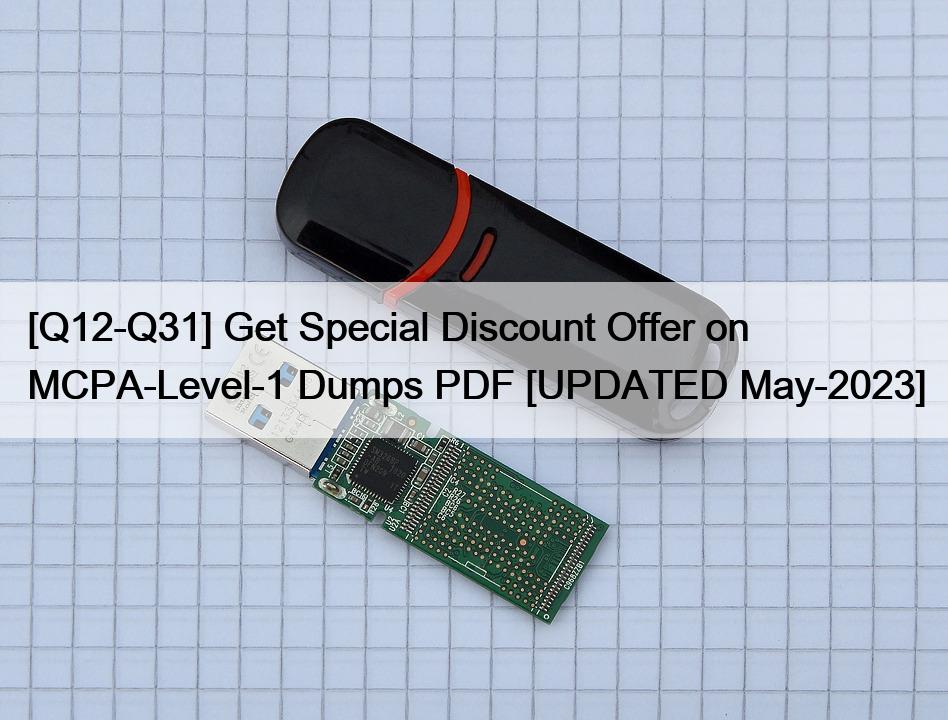|
This page was exported from Free Exams Dumps Materials
[ http://exams.dumpsmaterials.com ] Export date: Mon Mar 31 20:25:51 2025 / +0000 GMT |
[Q12-Q31] Get Special Discount Offer on MCPA-Level-1 Dumps PDF [UPDATED May-2023] Get Special Discount Offer on MCPA-Level-1 Dumps PDF [UPDATED May-2023] PDF Download MuleSoft Test To Gain Brilliante Result! Introduction to MuleSoft MCPA - Level 1: MuleSoft Certified Platform Architect - Level 1 ExamA MuleSoft Certified Developer - Level 1 should be able to successfully work on basic Mule 4 projects with guidance and supervision. The exam validates that a developer has the required knowledge and skills to design, build, test and debug, deploy, and manage basic APIs and integrations: moving from Anypoint Platform to Anypoint Studio and back. Certified candidates should be able to:
MCPA-Level-1 Dumps are Available for Instant Access: https://www.dumpsmaterials.com/MCPA-Level-1-real-torrent.html |
|
Post date: 2023-05-27 14:26:01 Post date GMT: 2023-05-27 14:26:01 Post modified date: 2023-05-27 14:26:01 Post modified date GMT: 2023-05-27 14:26:01 |